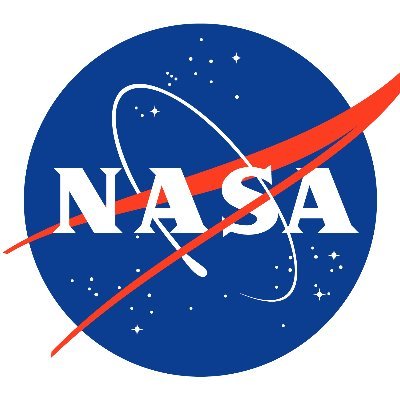If you write a story about a Houston firm proposing to build an oxygen pipeline on the moon, I will read it.
A Houston company might build an oxygen pipeline on the moon, enabling NASA to transport a key ingredient for making rocket propellant and bringing astronauts home.
It’s an obvious solution for an oil-and-gas town accustomed to underground conduits. But for NASA, it was a slap-on-the-forehead moment warranting attention from the NASA Innovative Advanced Concepts Program.
“No one’s actually thought about how to build a pipeline on the moon,” said Mike LaPointe, program executive for NIAC.
And to up the ante, Houston-based Lunar Resources plans to build the pipeline with metals extracted from the moon’s soil. It’s receiving $175,000 from NASA to research the plausibility of this project.
The pipeline is part of a bigger NASA initiative to create a sustainable lunar presence. NASA hopes to land the first woman and person of color on the moon in 2025, and the U.S. government is funding research for 3D-printed landing pads, nuclear power systems and other infrastructure that would help astronauts live on the moon and then continue on to Mars.
For Lunar Resources, the pipeline is an extension of the company’s main focus: Developing technology that would melt the moon’s soil and extract its components — oxygen, aluminum, silicon, magnesium and iron — to build infrastructure.
Oxygen is of particular interest because it could be used to create rocket propellant. Lunar Resources has demonstrated the extraction of oxygen from artificial moon soil; NASA is exploring extracting oxygen from ice water mined at the moon’s craters.
[…]
But there are some problems Lunar Resources would need to solve before it can turn the moon’s soil into a pipeline. There needs to be a power grid on the moon to operate its system, and there needs to be a lunar lander capable of carrying the company’s 1,000 kilograms worth of mining technology to the moon. The initial lunar landers being developed for cargo can’t handle the system’s mass.
The NASA Innovative Advanced Concepts Program isn’t concerned by these yet-to-be-solved problems. NIAC places seed investments in technologies that might enable new missions or capabilities 20 or 30 years from now, though some of its projects are getting closer to space.
For instance, NIAC funded an inflatable antenna for small satellites, called CubeSats, in 2013 and 2014. This antenna would allow the increasingly popular satellites to have faster communication speeds when sending data back and forth to Earth. It’s going to be part of a University of Arizona satellite, called CatSat, that’s scheduled to launch no sooner than September.
Gotta say, “melting the moon’s soil and extracting its resources” sounds like the business plan for a Bond villain. Fortunately, that’s not the case. I don’t have anything else to add here, I just thought this was cool.

